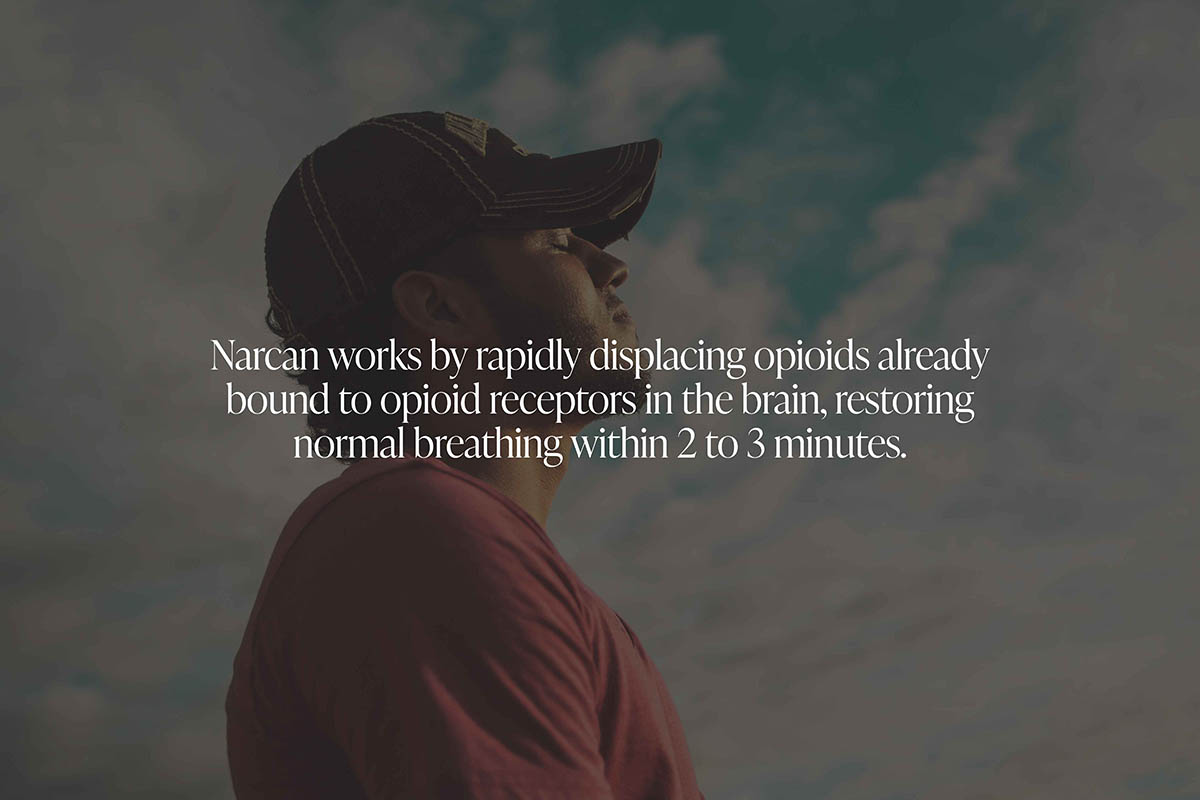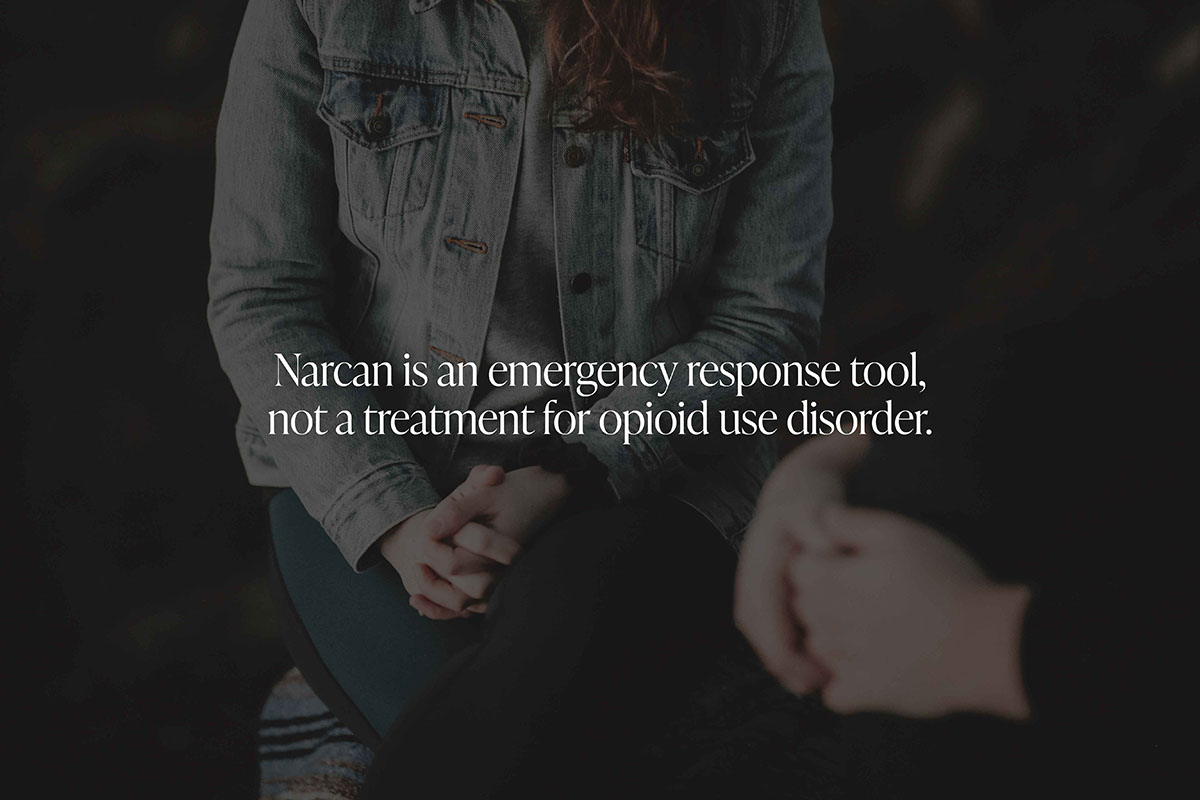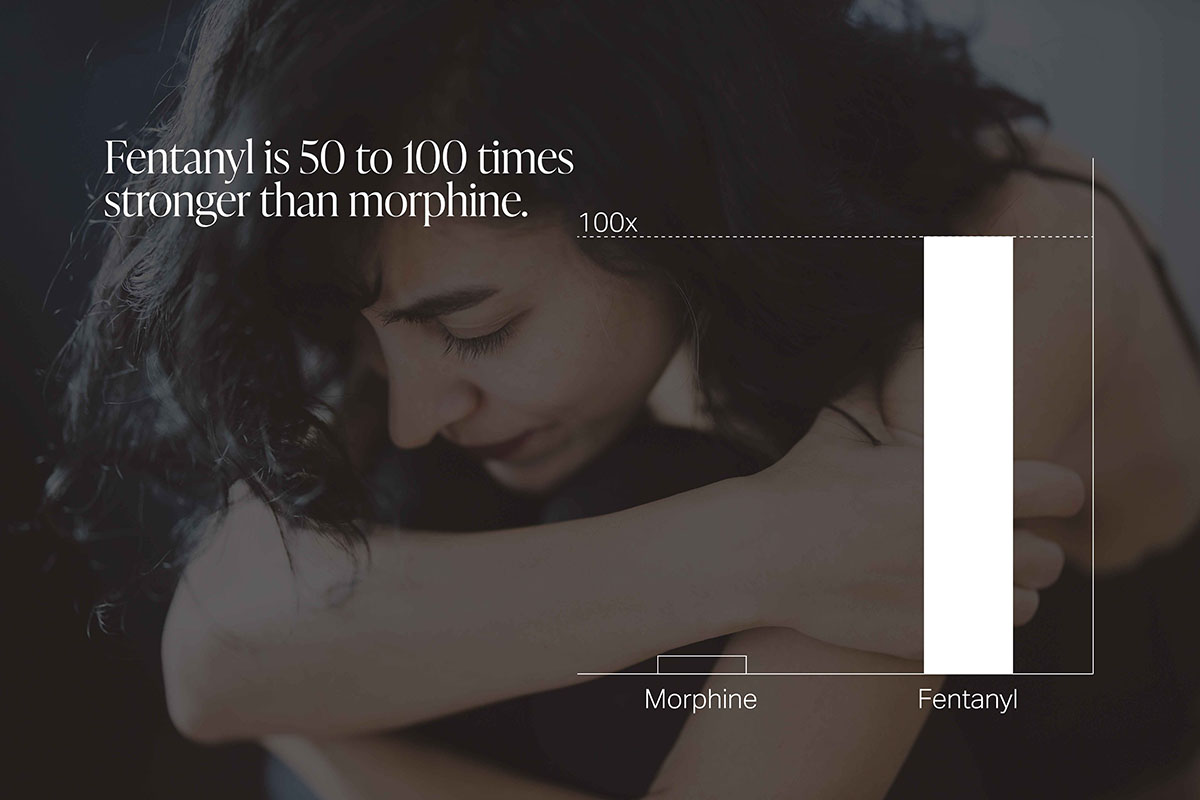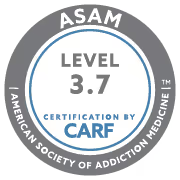Table of Contents
Narcan, also known by its generic name naloxone, is a medication that reverses opioid overdoses by restoring normal breathing and consciousness. It works by binding to opioid receptors in the brain, displacing the harmful opioids that are causing respiratory suppression. This rapid action makes Narcan a life-saving tool in opioid emergencies, especially those involving potent drugs like fentanyl or heroin.
What Is Narcan?
Narcan is an opioid antagonist: drug designed to block the effects of opioids like heroin, oxycodone, hydrocodone, morphine, and fentanyl. It is not a controlled substance and has no potential for abuse. Narcan is FDA-approved for use in community settings and can be administered by first responders, medical professionals, and even bystanders.
Narcan is available in two primary forms:
- Nasal spray (4 mg): A single-dose device that is sprayed directly into one nostril
- Injectable (0.4 mg): Delivered into the muscle, under the skin, or into a vein
How Narcan Works in the Brain
Opioids suppress the brain’s respiratory centers by binding to mu-opioid receptors, leading to slowed or stopped breathing. This is the most dangerous aspect of an opioid overdose.
Narcan works by:
- Competing with opioids for the same receptors
- Rapidly displacing opioids already bound to those receptors
- Blocking further opioid activity
This action restores normal breathing within 2 to 3 minutes. Narcan has a short half-life of about 30 to 90 minutes, which is often enough to stabilize the individual until emergency medical services arrive.

When Should Narcan Be Used?
Narcan should be used at the first signs of an opioid overdose. These may include:
- Unresponsiveness
- Slow, shallow, or no breathing
- Blue lips or fingertips
- Pinpoint pupils
- Gurgling or choking sounds
Even if you're unsure whether opioids are involved, it's safe to administer Narcan—it has no effect if opioids are not present.
What Happens After Narcan Is Given?
After administration, Narcan typically works within minutes. The person may wake up, begin breathing more regularly, or show signs of distress due to sudden opioid withdrawal. Common symptoms include:
- Nausea
- Vomiting
- Sweating
- Irritability
- Rapid heart rate
These symptoms are temporary and non-lethal, especially compared to the risks of untreated overdose. Always call 911 immediately after administering Narcan, as additional doses may be needed if stronger opioids like fentanyl are involved.
Is Narcan a Cure for Addiction?
No. Narcan is an emergency response tool, not a treatment for opioid use disorder. It provides a critical window to seek medical help and begin long-term recovery. For those looking to move forward after a close call, structured treatment programs are essential. Learn more on our opioid addiction treatment page.

Why Fentanyl Overdoses Require Rapid Intervention
Fentanyl is 50 to 100 times stronger than morphine. Overdoses involving fentanyl can occur in under two minutes, especially when the user is unaware that the drug has been laced into pills or powders. Narcan often needs to be administered in multiple doses in these cases.
To better understand the dangers of fentanyl exposure, see our resource on what are opioids and how do they affect the body.

Narcan and Benzodiazepine Overdoses
Narcan only works on opioids. If someone overdoses on benzodiazepines like Xanax or Valium, Narcan will have no effect. Overdose care in those cases focuses on airway support and monitoring. Learn more in what are benzodiazepines and why are they prescribed.
Preventing Relapse After Narcan Use
A person revived with Narcan is often in shock or discomfort from withdrawal. Without follow-up care, they may return to opioid use, especially if they experience cravings or pain. That’s why relapse prevention planning is vital. For actionable tips, visit what does it mean to relapse and how can you prevent it.
What About Medications Like Methadone?
Methadone is a long-acting opioid used in medication-assisted treatment (MAT) to reduce cravings and withdrawal. While Narcan can reverse a methadone overdose, its shorter half-life may require multiple doses to fully counteract the effects. Read more in what is methadone used for in addiction recovery.












